Dalian, a coastal city in northeastern China renowned for its pristine waters and vibrant marine life, is a paradise for seafood enthusiasts. Among its many aquatic treasures, the sea urchin—locally known as hai dan—stands out as a delicacy prized for its briny sweetness and buttery texture. For chefs, foodies, and travelers, understanding the nuances of when these spiky creatures reach their peak flavor and fatness is essential. This article delves into the science, culture, and culinary practices surrounding Dalian’s sea urchins, exploring the factors that determine their seasonal abundance and offering insights into how to savor them at their best.
The Life Cycle of Dalian’s Sea Urchins
To comprehend the optimal season for plump sea urchins, one must first grasp their biological rhythms. Sea urchins, classified as echinoderms, thrive in cold, nutrient-rich waters. Dalian’s coastal environment, with its temperate climate and tidal currents, provides an ideal habitat. The city’s proximity to the Yellow Sea and Bohai Sea ensures a steady supply of plankton—the primary food source for sea urchins.
Sea urchins reproduce through external fertilization, with spawning seasons varying by species. In Dalian, the dominant species is the Strongylocentrotus nudus, commonly called the purple sea urchin. These creatures reach sexual maturity around two to three years of age and spawn annually, typically in late spring or early summer. During spawning, males release sperm, and females release eggs into the water column, where fertilization occurs.
The reproductive cycle directly impacts the quality of sea urchin roe (gonads), the prized edible portion. After spawning, sea urchins enter a period of gonadal regression, during which their roe shrinks and becomes less flavorful. Conversely, prior to spawning, their roe reaches maximum plumpness as they store energy for reproduction. This biological phenomenon makes pre-spawning months the ideal time to harvest sea urchins for culinary use.
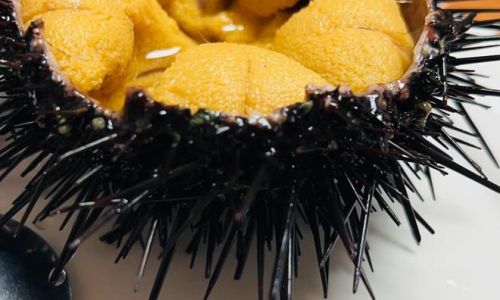
Seasonal Influences on Sea Urchin Fatness
Dalian’s climate plays a pivotal role in determining sea urchin quality. The region experiences four distinct seasons, with temperatures ranging from subzero winters to mild summers. Water temperature, plankton abundance, and daylight hours all fluctuate seasonally, influencing the sea urchins’ feeding habits and growth.
-
Spring (March–May): As water temperatures rise from 4°C to 10°C, phytoplankton blooms begin. Sea urchins emerge from winter lethargy, resuming feeding. Their roe starts to develop but remains relatively small.
-
Summer (June–August): Warm waters (15°C–22°C) stimulate peak plankton growth. Sea urchins feed voraciously, storing energy in their gonads. Roe becomes creamy and sweet, reaching its prime in July and August.
-
Autumn (September–November): Cooling waters (10°C–18°C) trigger spawning in late September to October. Roe quality declines post-spawning, though some late-season urchins may still be plump.
-
Winter (December–February): Freezing temperatures (below 5°C) slow metabolism. Sea urchins survive on stored energy, causing roe to shrink and texture to toughen.
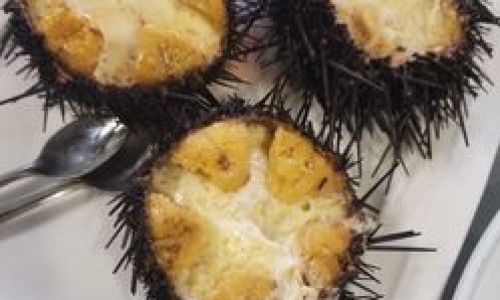
Peak Season: July to September.
Shoulder Seasons: Late May–June (pre-peak) and October (post-peak, variable quality).
Avoid: November–April (lean, less flavorful).
Fishing Regulations and Sustainability
Dalian’s government enforces strict fishing regulations to protect sea urchin populations. An annual closed season from November to May prohibits harvesting, allowing urchins to spawn and replenish. Fishermen use specialized tools to extract urchins without damaging the seabed, ensuring ecological balance.
Visitors should patronize certified vendors adhering to these rules. Overharvesting threatens the species, so sustainable practices are critical. Choosing sea urchins from reputable sources guarantees both quality and environmental responsibility.
Culinary Applications: From Sushi to Stews
Dalian’s sea urchins are celebrated in global cuisine, with their roe (uni) featuring prominently in sushi, pasta, and gourmet dishes. The roe’s flavor profile—sweet, briny, and umami-rich—pairs well with delicate ingredients like sashimi, rice, and citrus.
Popular Preparations:
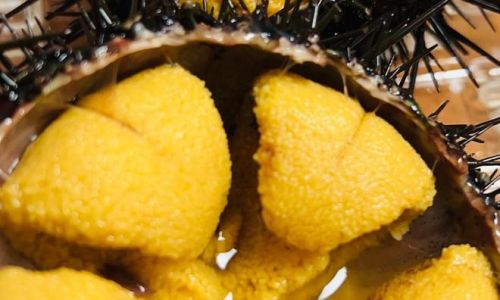
- Sashimi (Uni Sushi): Fresh roe served raw, often with soy sauce and wasabi.
- Steamed with Egg: A classic Chinese dish where roe melts into silken custard.
- Pasta Aglio e Olio: Tossed with garlic, olive oil, and chili flakes for a Mediterranean twist.
- Sea Urchin Bisque: A rich, creamy soup enhanced with white wine and herbs.
Chefs emphasize minimal processing to preserve the roe’s texture. Freezing or overcooking can compromise its delicate consistency, so timing is key.
Cultural Significance and Festivals
Sea urchins hold cultural importance in Dalian’s fishing communities. Local festivals, such as the Dalian International Seafood Festival (September), showcase urchin-centric dishes and traditional cooking demonstrations. Fishermen honor ancestral practices, blending folklore with modern sustainability efforts.
In coastal villages, urchins symbolize abundance and resilience. Their spiky exterior mirrors the harshness of the sea, while the creamy interior represents nourishment—a metaphor for life’s dualities.
Tips for Visitors: Sourcing and Savoring
For travelers eager to experience Dalian’s sea urchins, timing is everything. Plan visits between July and September for peak freshness.
Where to Find the Best Urchins:
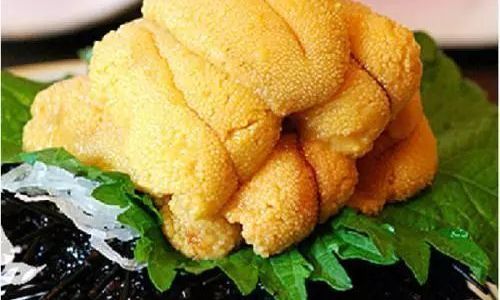
- Xinghai Square Market: A bustling seafood bazaar offering live urchins and prepared dishes.
- High-End Restaurants: Venues like Fukurou and Ocean Palace source daily catches and serve uni in innovative ways.
- Fishing Villages: Day trips to Jinshitan or Bangchuidao allow visitors to purchase directly from fishermen.
Selection Tips:
- Choose urchins with firm, intact spines and a heavy feel (indicating plump roe).
- Avoid those with cracked shells or foul odors.
- Ask vendors to open urchins on-site to inspect roe quality.
Pairing Suggestions:
- Sake: Dry, crisp varieties like Junmai complement the roe’s richness.
- Chardonnay: Buttery, oak-aged wines enhance creaminess.
- Green Tea: Matcha or sencha cleanses the palate between bites.
The Science Behind Sea Urchin Roe Quality
The roe’s texture and flavor depend on diet, water temperature, and age. Younger urchins (1–2 years) have smaller, firmer roe, while older specimens (3–5 years) develop larger, softer gonads. Overfed urchins may exhibit bitter notes, while underfed ones lack sweetness.
Researchers at Dalian Ocean University study how climate change affects urchin populations. Rising sea temperatures could alter spawning cycles, potentially shortening peak seasons. Sustainable aquaculture initiatives aim to mitigate these risks by breeding urchins in controlled environments.
Debunking Myths: Size vs. Quality
A common misconception holds that larger urchins yield better roe. In reality, size correlates with age, not quality. A medium-sized urchin (8–10 cm in diameter) often contains sweeter, more tender roe than a giant specimen. Focus on shell integrity and spine vitality over size.
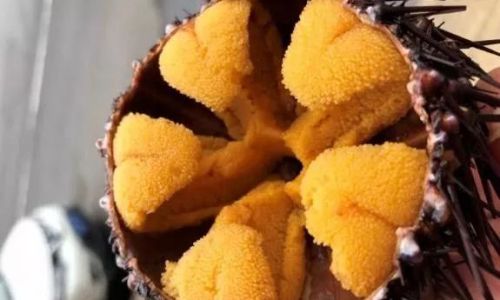
Global Perspectives: Dalian’s Uni in the World
Dalian’s sea urchins compete with international counterparts from Hokkaido, California, and Maine. While Japanese uni is prized for its creamy texture, Dalian’s variety offers a balance of sweetness and brininess, appealing to diverse palates. Export markets in Hong Kong, Singapore, and the EU increasingly demand Dalian’s premium roe, driving quality improvements.
Conclusion: A Fleeting Delight
Dalian’s sea urchins embody the ephemeral beauty of seasonal cuisine. Their plumpness, a product of nature’s precise timing, rewards those who align their calendars with the ocean’s rhythm. Whether enjoyed raw, steamed, or in a decadent pasta, the July-to-September window offers a culinary experience unmatched in richness and flavor.
As climate pressures mount, preserving this delicacy requires vigilance—from sustainable fishing to consumer awareness. For now, though, the spiky treasures of Dalian’s waters remain a testament to the harmony between human gastronomy and marine ecosystems. Plan your visit wisely, and savor the briny sweetness while it lasts.
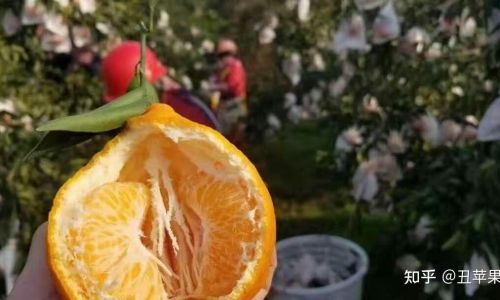


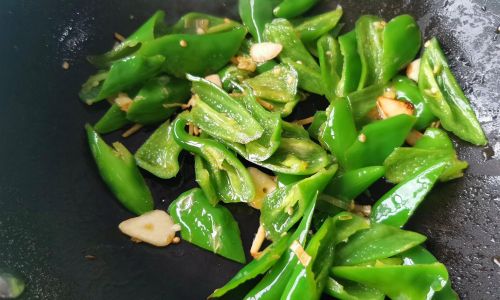
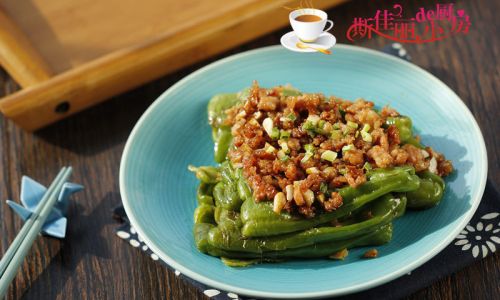
0 comments